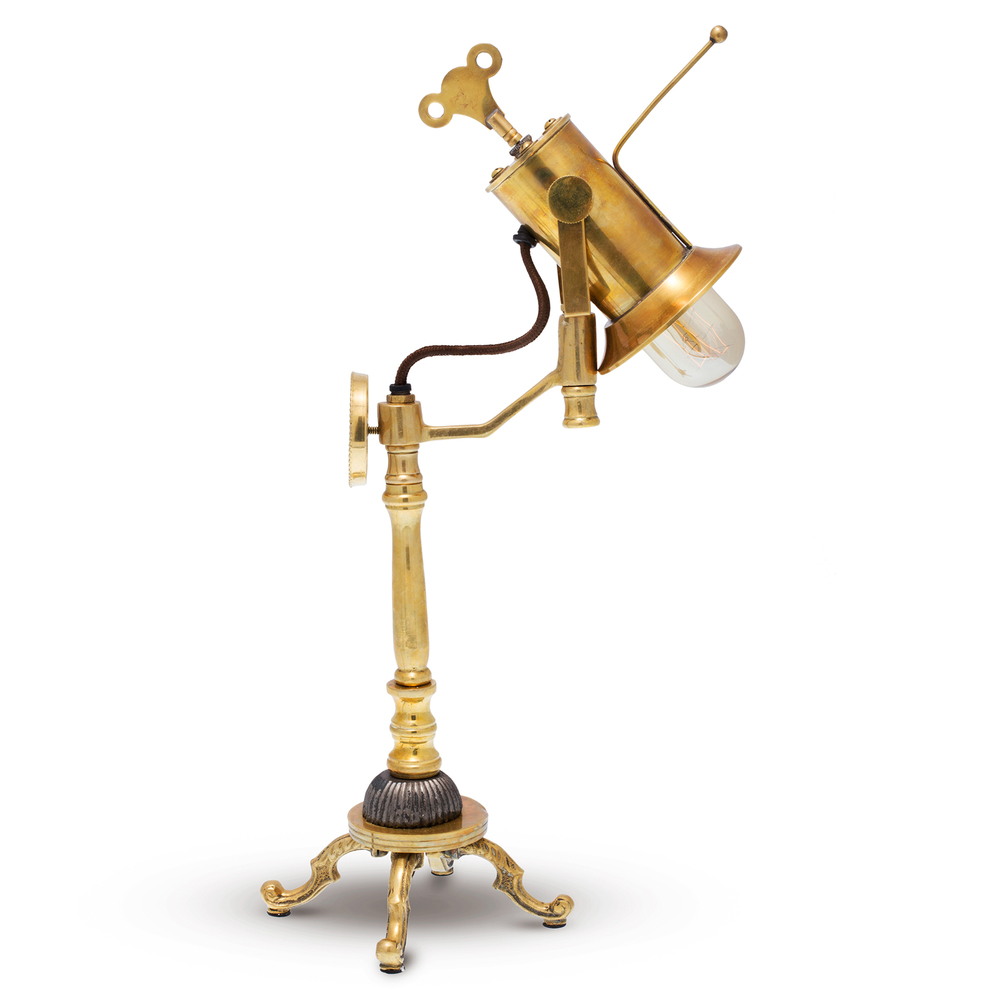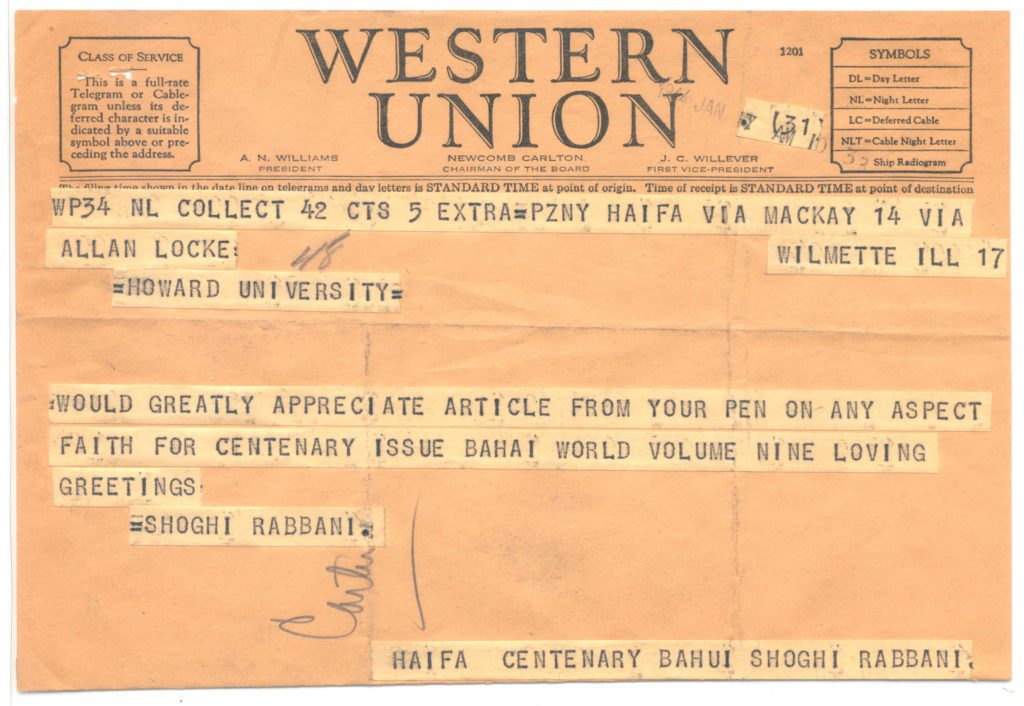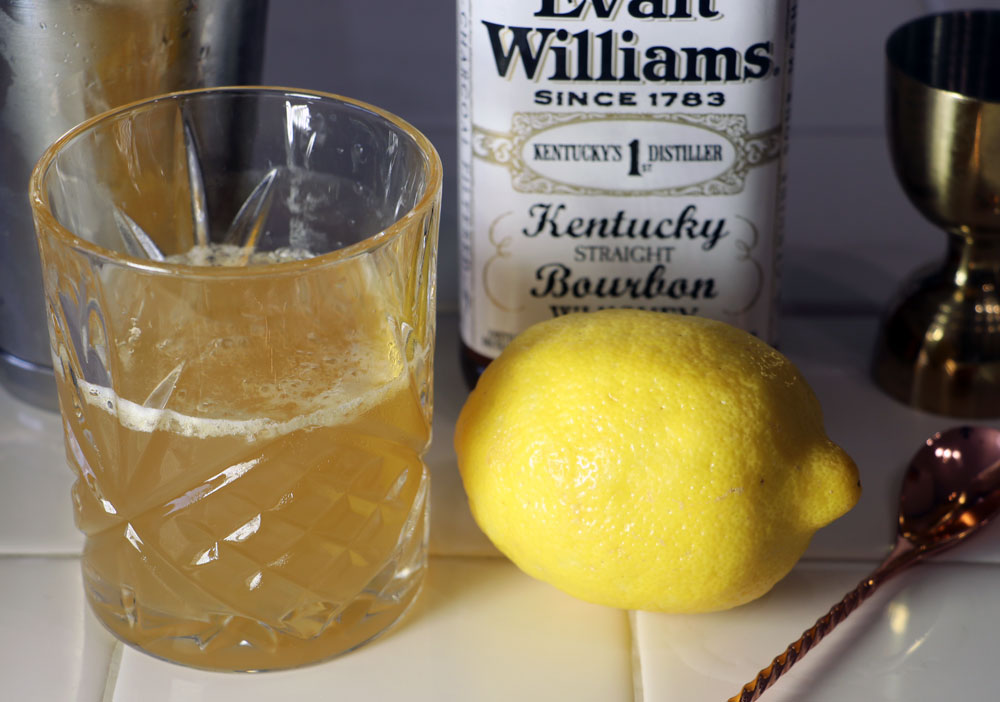We had way too much fun sharing our Ginger Beer over at the Summer Market last night. So much fun that I did not get around to making up Mr. Boston’s 1935 Cablegram Highball 🙁

Pendulux is a company after our own heart. Their beautiful vintage inspired line of Steampunk home decor caught our eye at last years Summer Market and we were excited to see them upgrade their space this year. We were so honored when they asked if we’d like to share our product with their customers and gladly brought 2 liters of homemade Ginger Beer over to mix up some Moscow Mules during Happy Hour. The Beer was a hit and we made it home 2 liters lighter smiling ear to ear. We’re excited to collaborate with this amazing company for years to come.
Market Week continues through Wednesday and Ryan is itching to start exploring. As a result, I’ll be drinking my Cablegram with breakfast. Thankfully, due to yesterday’s adventures, breakfast is currently being served at 11 am (practically brunch!)
If Champagne and OJ can be considered brunch fair, I move that Lemonade laced with Whiskey and Ginger Beer should be acceptable mid-morning refreshment. Sure one is considerably lower in the alcohol department but I won’t tell if you don’t – wink, wink
For all intensive purposes, the Cablegram Cocktail is a Whiskey Sour Highball. In fact, Leo Cotton’s Whiskey Sour recipe is nearly identical with the omission of the Ginger Ale and 1/2 teaspoon less sugar.
I did a quick search through my go-to vintage cocktail books for another Cablegram Recipe. Not surprisingly, Harry Craddock published a Cablegram five years earlier in his Savoy Book. Seems Leo Cotton was inspired by many of Harry’s recipes though, he would change them up from time to time.
While Harry calls for Canadian Whiskey, the 1935 Mr. Boston’s cocktail calls for Old Mr. Boston’s Whiskey (Naturally). Having established that Mr. Boston’s brand was likely a higher proof Bourbon, the obvious choice from my current selection was the Evan Williams Bottled in Bond Bourbon a picked up sometime back in the “B” section.
I woke up with a bit of a headache and while I really wanted to try this recipe with our homemade Ginger Beer, I thought lowering the ABV with non-alcoholic Canada Dry might be a better way to kick off a day of drink as it would bring that 100 proof Whiskey down to 10% ABV. The Cablegram using our Ginger Beer would have been closer to 12.5%.
On my quest for knowledge about the origin of the Cablegram Highball, I stumbled onto an interesting nugget of information. Seems some drink enthusiasts liken the Cablegram to the Presbyterian Cocktail.
Now, I was unable to find the original Presbyterian recipe to verify the blend but here are my two cents.
Some of the recipes listed online note Scotch Whisky as the base spirit along side Ginger Ale. The recipes also disagree on whether or not lemon juice or sugar is involved. The Presbyterian Church was established in Scotland. It seems only fitting that the cocktail would stick with a Scotch Whisky. For that reason, I disagree that these two drinks are one in the same.
I wasn’t really clear on what a Cablegram was so I did some light digging and discovered it was an underwater cable telegraph system. How that correlates to a tart Whiskey drink, I couldn’t tell ya. Maybe too many of these had you playing the telephone game with the latest gossip?

The precursor to the World Wide Web, the Cablegram seems to have been the best way to communication at one point in history.
Ryan mixed me up the Cablegram since my pounding head is making it hard to stand. Our Highball glass holds 5 more ounces than the 8 ounce glass called for, so we decided 6 ounces of Ginger Ale to the 3 ounces of iced Whiskey, lemon juice and sugar. The finished cocktail did not fit the glass very well as it lacked nearly double the volume needed to fill it. Still, I wanted to maintain the quantities outlined in the recipe, I’ll just have find myself a smaller Highball glass next time.
The lemons we had are quite large and I assumed 1/3 of a piece of fruit juiced would be best.
I think the ratio of ingredients we ended up with came together perfectly. The lemon was not too tart (a common complaint for me) and the 1/2 teaspoon sweetened the mix up just enough without being too syrupy. The Bourbon mellowed out nicely with the ice melt and non-alcoholic Ginger Ale. I can safely call tonight’s recipe a success!

